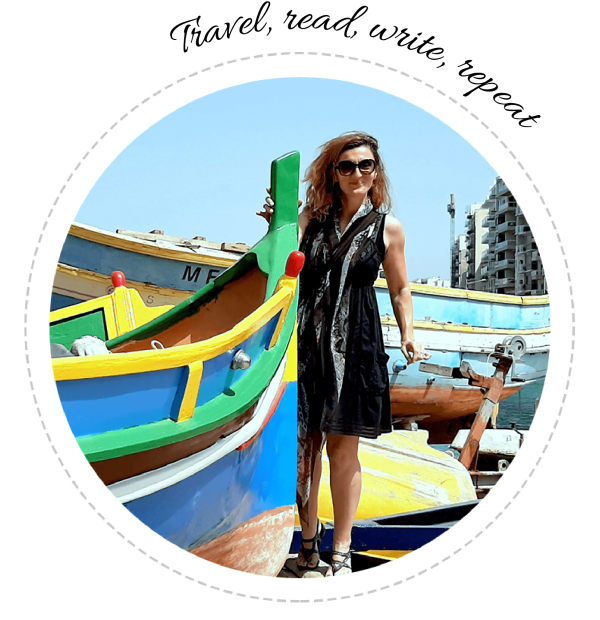
If you need a freelance travel writer or you would like to see your country, city, flight, etc., presented on the blog, drop me an email.
Find our more on Freelance Travel Writer page.
If you are planning on traveling to the UAE during the summer, you should learn a thing or two about Dubai climate first. Here are a few insights firsthand.
“Welcome to the city of contrasts—sandy dunes and skyscrapers, camels and fast cars, museums, and shopping centers—welcome to Dubai,” says one of the guidebooks I picked up during my stay. The first things that catch your eye are the towering buildings, vast shopping malls, and the ever-present yellow and gray hues that dominate the landscape. At least, that’s the case in August.
During the summer, the Dubai climate paints the city in shades of gray and beige. The extreme heat and humidity, coupled with the surrounding desert, give everything a muted, almost washed-out appearance. Even the sky takes on a beige tint, far from its usual blue. The city’s wide six-lane roads and the streets that stretch alongside them are gray, while the buildings, mostly glass and concrete, stand tall in similarly neutral tones.

As the sun peaks and temperatures soar above 40-45 degrees Celsius, the streets empty. It’s a rare sight to see anyone outdoors, and you might want to check the Dubai weather in August before planning your visit.
Occasionally, sandstorms sweep through the city, giving you a full “desert experience.” On such days, the sandy wind blows from all directions, and the roads, sparsely populated by black and white cars, become engulfed in gray and beige once again. It’s eerie, almost unsettling…
Dubai is a testament to human ambition, built by the Emirates’ authorities in a place few would have considered—a desert along the Gulf. With abundant resources, they made the impossible possible, but one can’t help but imagine a science fiction scenario.
What will become of this city in a few decades or even centuries, when fossil fuels run dry and its “golden era” fades? History has shown us that even the greatest cities can crumble, especially when they emerge in such harsh environments. Imagine the tallest, grandest, and most expensive buildings peeking out from beneath the sands…
Still, Dubai might surprise us yet again. With its focus on technology, investment, and hiring global experts, the city may even manage to alter the Dubai climate. After all, Dubai thrives on making the impossible seem attainable. If any place could change the climate, it would be here.
With skyscrapers so tall they seem to pierce the sky and modern structures that don’t fit into a single camera frame, Dubai can feel like a small New York or Singapore. But remember—this all exists in the middle of a desert, on the edge of the Arabian Peninsula. You have to respect the effort. It serves as a reminder that human ingenuity can flourish even in the most challenging conditions.
And if you’re hoping the sea will cool you off, think again! The water is often hotter than the air, with shallow waters along the coast feeling more like a kettle of soup than a refreshing swim. The intense heat and evaporation make the sea uncomfortably salty, and diving in with your eyes open isn’t exactly pleasant. During the summer, outdoor bars and restaurants with terraces either shut down or operate only indoors, relying on air conditioning (since the outdoor temperature soar past 45°C).

On the flip side, if you’re looking to escape the harsh European winters, Dubai is an excellent option. In winter, the Dubai climate is far more enjoyable, with temperatures around 25 degrees Celsius, a refreshing breeze, and significantly lower humidity. The sea cools down, and the entire city comes alive—its parks, beaches, and terraces bustling with activity. It’s a vibrant scene, filled with people from all over the world.
One thing that draws visitors to Dubai year-round is the shopping. From the moment you land at the airport, it’s clear that everything here caters to the consumer. Tax-free prices, lower than in Europe, are advertised everywhere, and the uncomfortable Dubai climate becomes a non-issue as you move between air-conditioned spaces.
Taxis are readily available at hotels, or you can head to the nearest metro station, which will take you directly to one of the many malls. Every metro station is connected to shopping centers by air-conditioned tunnels, so you hardly feel the heat at all.

Inside the malls, you’ll find everything—restaurants, ATMs, supermarkets, amusement parks, and bars. These indoor spaces become essential during the hot months, and the clever layout ensures you will pass by countless shops offering tempting discounts. Perhaps you’re just strolling through to catch a glimpse of the Dubai highest building on the other side of the mall.
Well, perhaps…
Next: AQUARIUM IN DUBAI
The full Dubai SERIES
PIN IT FOR LATER:
If you need a freelance travel writer or you would like to see your country, city, flight, etc., presented on the blog, drop me an email.
Find our more on Freelance Travel Writer page.
I am looking forward to working with you.



